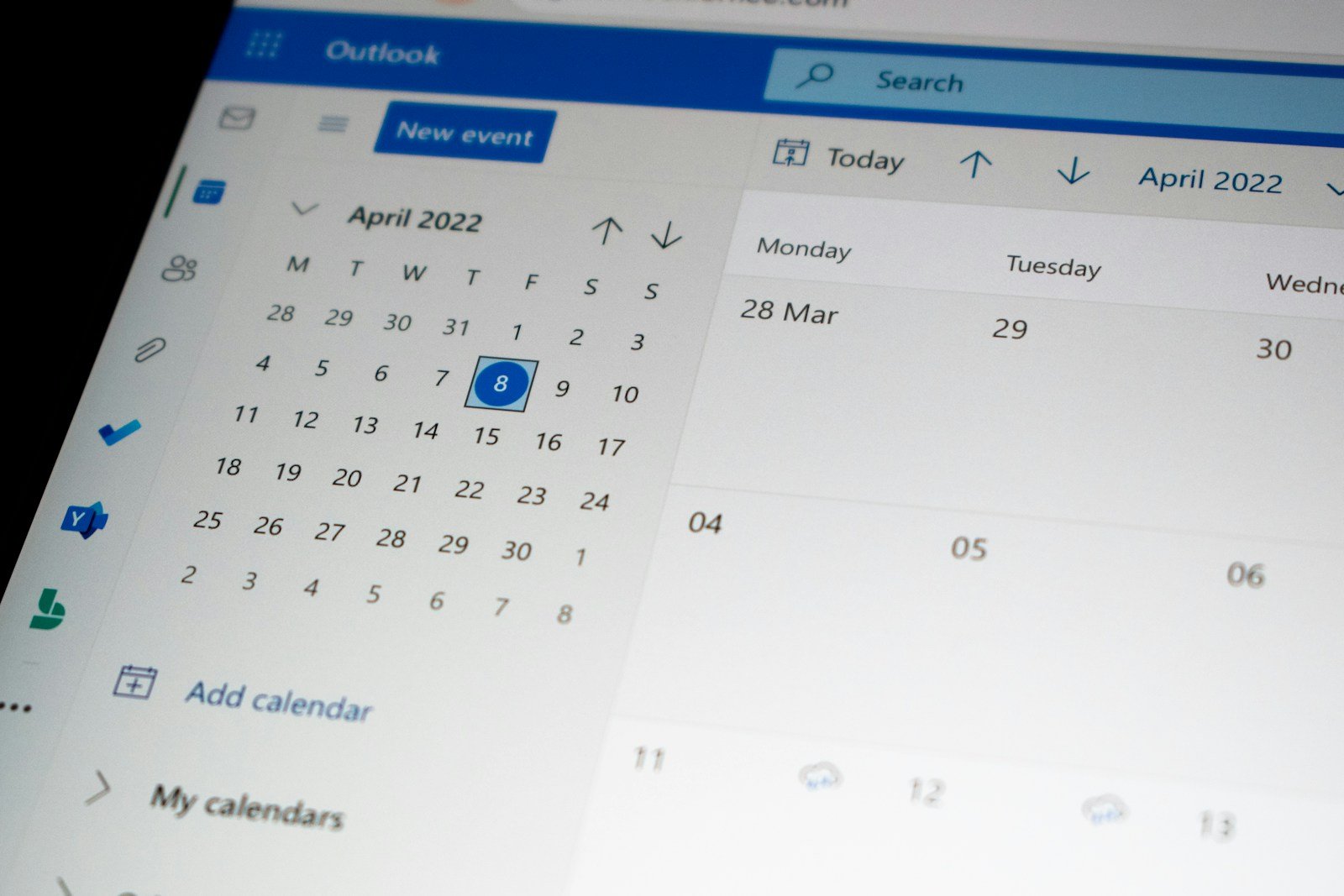As organizations of all sizes seek efficient tools for managing tasks and projects, Microsoft 365 offers two primary solutions: Microsoft Planner and Microsoft Project. These tools, while integrated within the Microsoft 365 ecosystem, serve different purposes and cater to varying levels of project management needs. This guide provides a comprehensive overview of Microsoft Planner and Microsoft Project, highlighting their features, differences, and how to best utilize them within your organization.
Introduction to Microsoft Planner and Microsoft Project
Microsoft Planner and Microsoft Project are essential components of the Microsoft 365 suite, each designed to facilitate project management. Microsoft Planner is a user-friendly tool ideal for basic task management and small projects, while Microsoft Project offers advanced features for complex project management. Both tools are now unified under the same platform within Microsoft 365, providing flexibility depending on your project requirements.
Microsoft Planner: Basic Project Management
Microsoft Planner is designed for teams that need a simple, intuitive tool to organize tasks and projects. It offers essential features such as:
- Task Creation and Assignment: Easily create tasks, assign them to team members, set due dates, and track progress.
- Boards and Buckets: Organize tasks into buckets for clear visualization of task statuses.
- Integration with Microsoft Teams: Seamlessly integrate Planner with Teams to enhance collaboration.
For a detailed breakdown of Microsoft Planner’s capabilities, check out our article: Is Microsoft Planner a Project Management Tool?
Microsoft Project: Advanced Project Management
For more complex projects requiring detailed planning and resource management, Microsoft Project is the ideal tool. It offers:
- Advanced Scheduling and Task Dependencies: Plan tasks with Gantt charts and set dependencies.
- Resource Management: Manage project resources, track budgets, and optimize project costs.
- AI and Automation: Utilize AI to plan and optimize tasks.
Learn more about the advanced features of Microsoft Project here: What is the Difference Between Office 365 Planner and Project?
Choosing Between Microsoft Planner and Microsoft Project
Choosing between Microsoft Planner and Microsoft Project depends on the complexity and scale of your projects. Here’s how to decide:
- Use Microsoft Planner if your project involves straightforward task management and requires collaboration within small to medium-sized teams.
- Use Microsoft Project if you need robust tools for managing larger, more complex projects with multiple phases, dependencies, and detailed resource management.
For a more detailed comparison, read: Should I Use MS Planner or MS Project?
Integration with Microsoft Teams and Other Microsoft 365 Tools
Both Microsoft Planner and Microsoft Project integrate seamlessly with Microsoft Teams, allowing you to manage tasks and projects within the Teams environment. This integration streamlines collaboration, enabling team members to discuss tasks, share files, and monitor progress without leaving Teams.
Recently, Microsoft has unified these tools within the Planner app, which now combines features from both Planner and Project. This all-in-one approach simplifies task and project management, making it more accessible for users across the organization.
For more insights on this integration, explore: What Happened to MS Planner in Teams? and What is Planner Now Called in Teams?
Frequently Asked Questions
Is Microsoft Planner Part of Office 365?
Yes, Microsoft Planner is included in various Microsoft 365 and Office 365 subscription plans, offering essential task management tools at no additional cost. For more information on which plans include Planner, visit: Is Microsoft Planner Part of Office 365?
What is the Difference Between Microsoft Planner and Microsoft Project?
While Microsoft Planner and Microsoft Project have been merged into a single platform, they retain distinct functionalities tailored to different project management needs. Learn more about the differences here: Is Microsoft Planner the Same as Microsoft Project?
Can Microsoft Planner Create a Gantt Chart?
Microsoft Planner does not natively support Gantt charts. However, by upgrading to a more advanced version that includes Microsoft Project features, you can access timeline views similar to Gantt charts. Discover how this works in our article: Can Microsoft Planner Create a Gantt Chart?
Whether you’re managing simple tasks or overseeing complex projects, Microsoft 365 offers powerful tools in the form of Microsoft Planner and Microsoft Project. By understanding the features, differences, and integration possibilities, you can select the right tool to meet your project’s needs.








